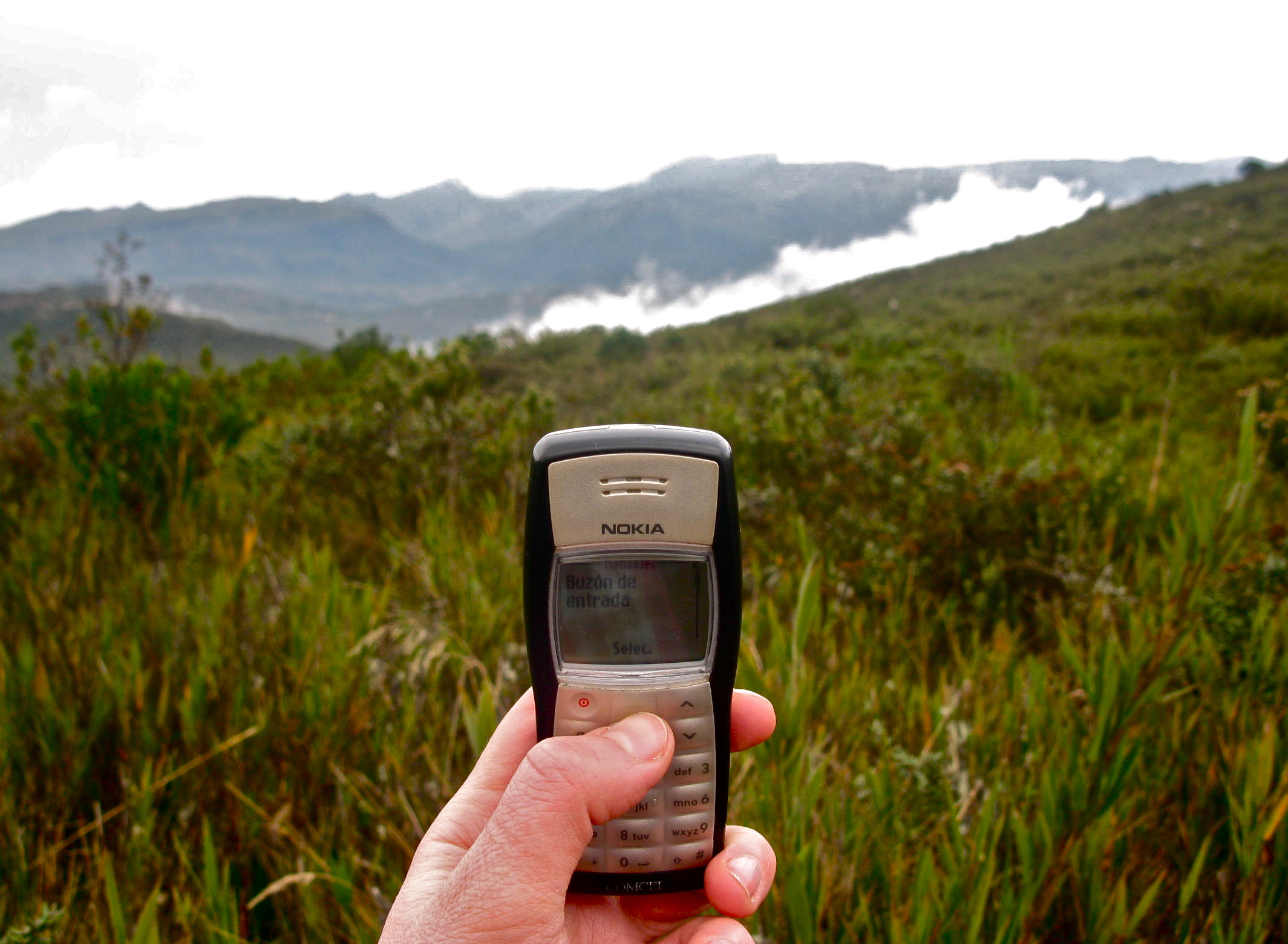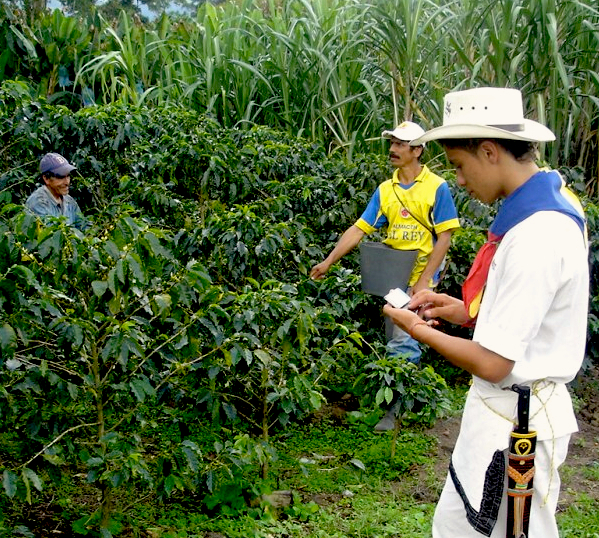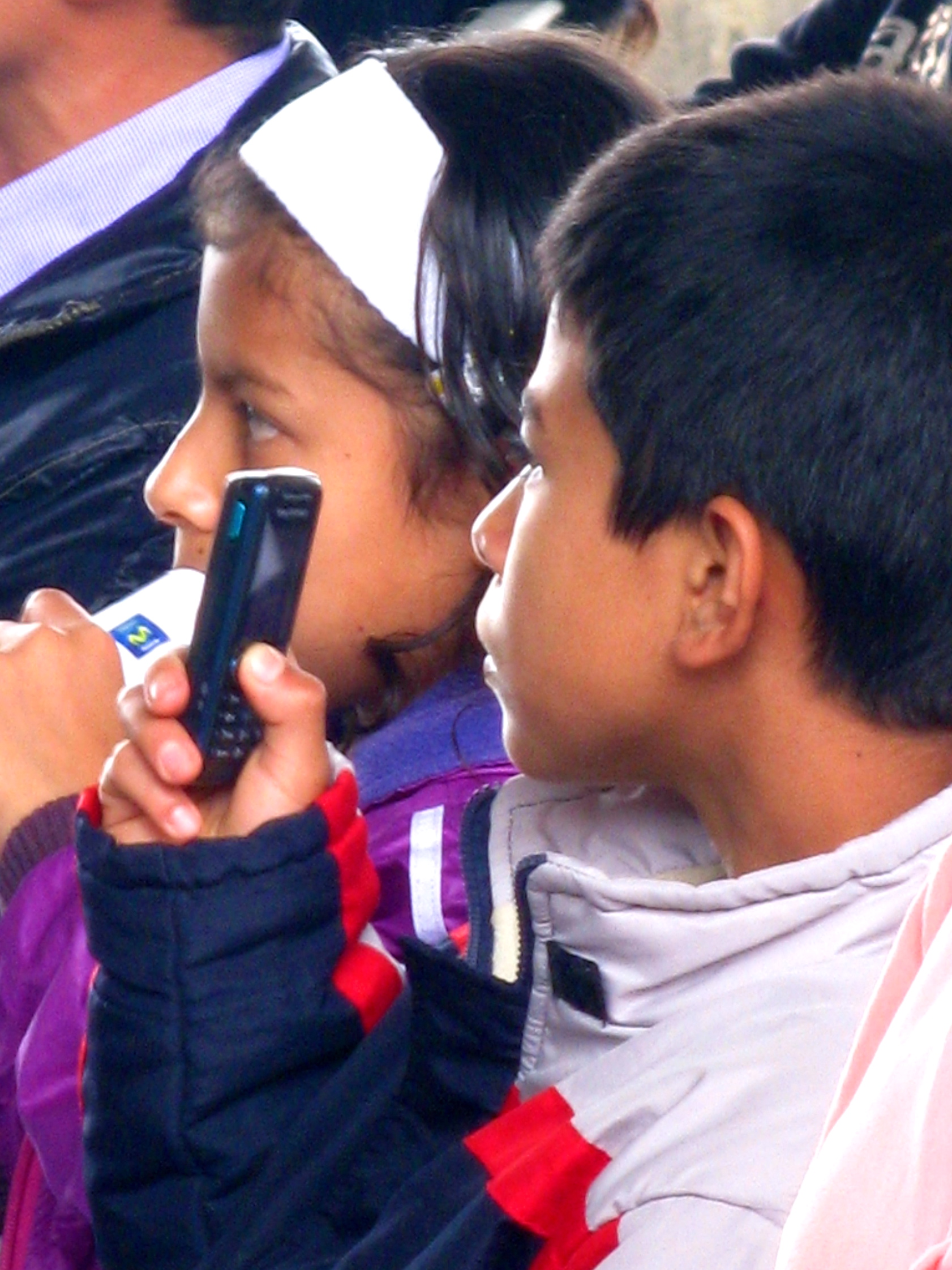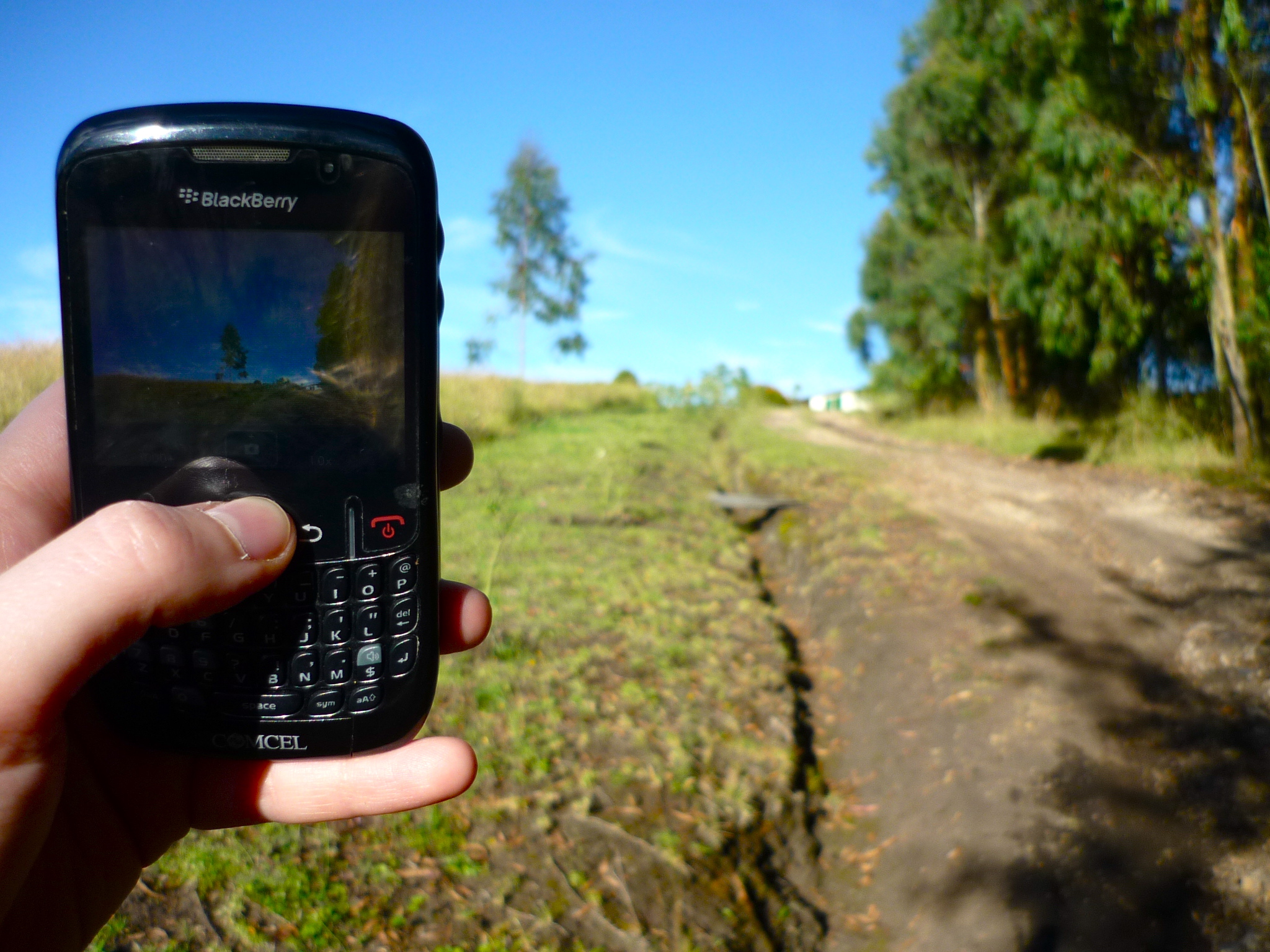 Effective communication is essential in overcoming barriers, particularly those encountered during processes of adaptation and change.
Effective communication is essential in overcoming barriers, particularly those encountered during processes of adaptation and change.
When faced with the many uncertainties posed by climate change impacts, the capacity to access, use and disseminate relevant information becomes crucial for vulnerable communities in order to better cope with and adjust to new climatic conditions -and to their social, economic and political repercussions.
In a recent paper, Moser and Ekstrom (2010) present a framework to identify barriers that may impede the process of adaptation to climate change, including a set of obstacles that can be encountered during the phases of understanding, planning and managing adaptation.
The authors found that “communication and information –about the problem, solutions and their implications- are perpetually needed aspects of the adaptation process” (p. 22029).
However, the availability, access to, and dissemination of information and knowledge remain among the most challenging aspects within adaptation processes, particularly in developing regions.
The lack of useful information (i.e. written in an appropriate, non-technical language, responding to local needs and priorities) about alternative livelihood options, rights and entitlements, new agricultural methods, credit programs or relief efforts, among others, can constrain adaptive actions -or even lead to maladaptation- within marginalised communities affected by climate change impacts.
Within this context, innovative strategies supported by Information and Communication Technologies (ICTs) such as mobile phones, community radios, or the Internet and related applications, could help to overcome some of the barriers that arise throughout climate change adaptation processes.
How?
The potential of ICTs can be identified in regards to 4 key crosscutting issues, which according to Moser and Ekstrom (2010), often become barriers to adaptation processes:
- Leadership:
By helping to disseminate information rapidly among extended networks, ICT tools can help local leaders in the initiation of adaptation processes, as well as to sustain momentum over time. The use of Web 2.0 tools –such as Blogs, Facebook, twitter and other social media applications- can help to give visibility, share lessons and gain support –at the local, national and international levels- to adaptation processes and local leaders.
- Resource Availability:
By facilitating access to new sources of technical and scientific information about climate change, capacity-building opportunities (e.g. online courses) and broader networks of practitioners, experts and skills (e.g. virtual online communities, videoconferences), ICTs can expand the resource-base that can be accessed throughout the adaptation process.
- Effective Communication:
By contributing to systematize and disseminate relevant climate change information (e.g. through Web portals or community radio programs), as well as traditional and new knowledge about climate change-related impacts and potential responses, ICTs can contribute to raise awareness and to engage actors from the government, the private and the civil society sectors in collaborative responses.
- Values and Beliefs:
By helping to record and share local practices and beliefs (e.g. within and between communities, through mobile telephony, community-videos or social media applications) ICTs can improve our understanding of the ways in which local communities perceive and interpret climate change. They can also help to identify information needs and priorities -often linked to traditional values and beliefs- that need to be considered as part of adaptation strategies.
 Overcoming the multiple barriers that can emerge during processes of adaptation and change is a complex and multidimensional process, particularly when facing the uncertainty that characterizes climate change.
Overcoming the multiple barriers that can emerge during processes of adaptation and change is a complex and multidimensional process, particularly when facing the uncertainty that characterizes climate change.
But despite the complexity and uniqueness of climate change adaptation within a given context, the importance of information and communication is undeniable.
The potential –and risks– of ICTs in overcoming adaptation barriers is a topic that requires further exploration, particularly through empirical cases that shed light on their role informing decision-making processes, fostering resourcefulness and creativity, empowering youth as adaptation leaders, and facilitating capacity building and collaborative actions among the actors involved in adaptive actions.
———————————————————————————–
References:
Moser, S. and Ekstrom, J (2010). “A Framework to Diagnose Barriers to Climate Change Adaptation”, edited by Roger E. Kasperson, Clark University, Worcester, MA. PNAS, Vol. 107, no. 51. p. 22026-22031.
 The way in which decisions are taken plays a key role within climate change adaptation.
The way in which decisions are taken plays a key role within climate change adaptation. Amidst the magnitude and uncertainty that characterizes the climate change field, trust is a topic that is often overlooked, despite being one of the cornerstones of resilience building and adaptive capacity.
Amidst the magnitude and uncertainty that characterizes the climate change field, trust is a topic that is often overlooked, despite being one of the cornerstones of resilience building and adaptive capacity.
 Determining the repercussions of the changing climate is a field of great unknowns. While the impacts of climatic variations and seasonal changes on the most vulnerable populations are expected to increase and be manifest in more vulnerable ecosystems and natural habitats, the exact magnitude and impact of climate change effects remain, for the most part, open questions.
Determining the repercussions of the changing climate is a field of great unknowns. While the impacts of climatic variations and seasonal changes on the most vulnerable populations are expected to increase and be manifest in more vulnerable ecosystems and natural habitats, the exact magnitude and impact of climate change effects remain, for the most part, open questions.


 Remembering plays an important role in times of change. It provides us with the necessary experience to move forward and with sources to seek renewal and re-organisation, which in turn are crucial for building resilience and strengthen the capacity of vulnerable communities to adapt to the effects of climate change.
Remembering plays an important role in times of change. It provides us with the necessary experience to move forward and with sources to seek renewal and re-organisation, which in turn are crucial for building resilience and strengthen the capacity of vulnerable communities to adapt to the effects of climate change. The concept of Resilience occupies an increasingly prominent place within the climate change debate.
The concept of Resilience occupies an increasingly prominent place within the climate change debate.